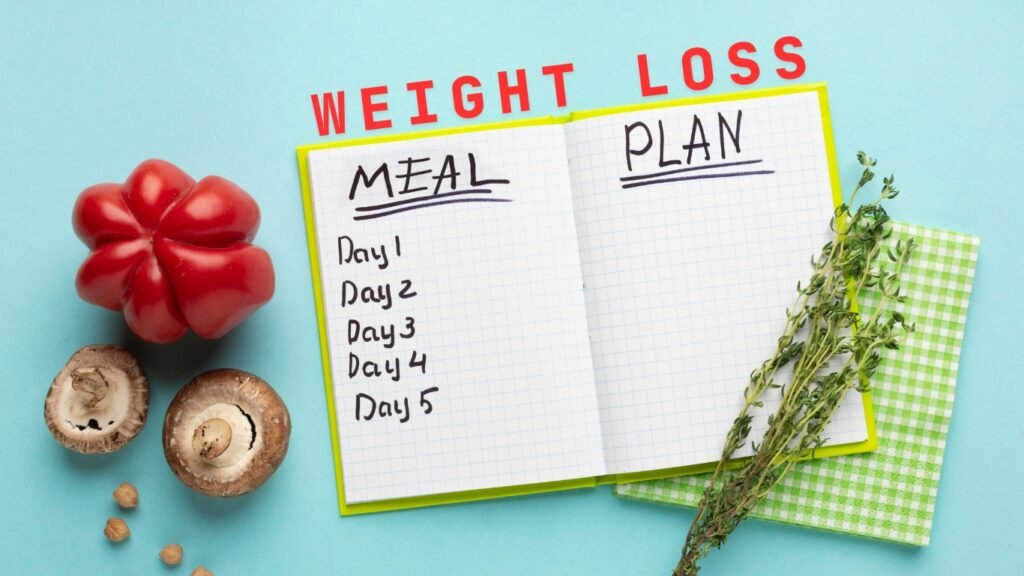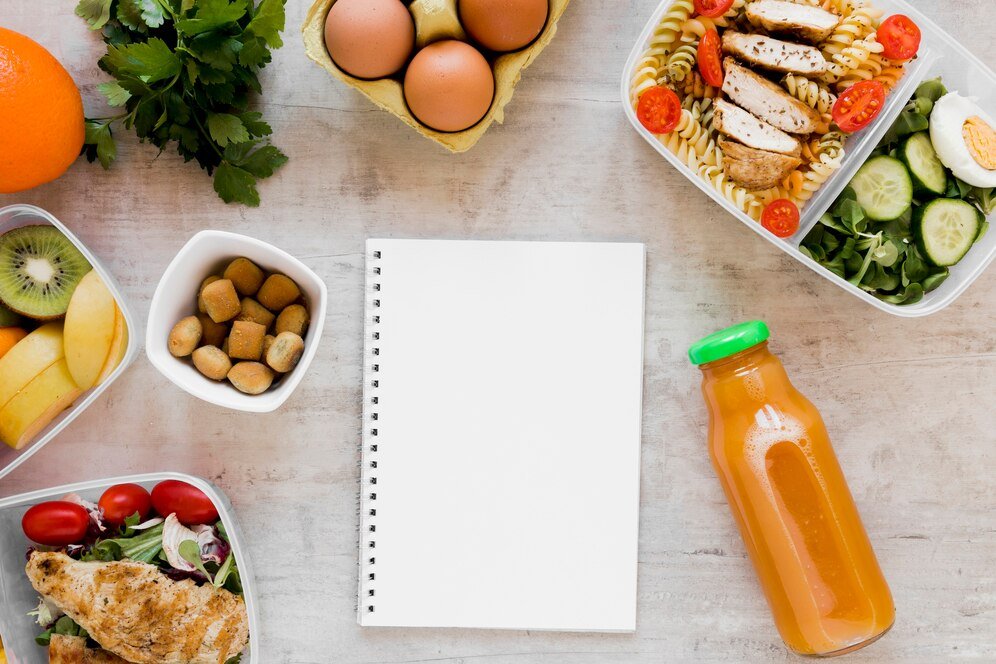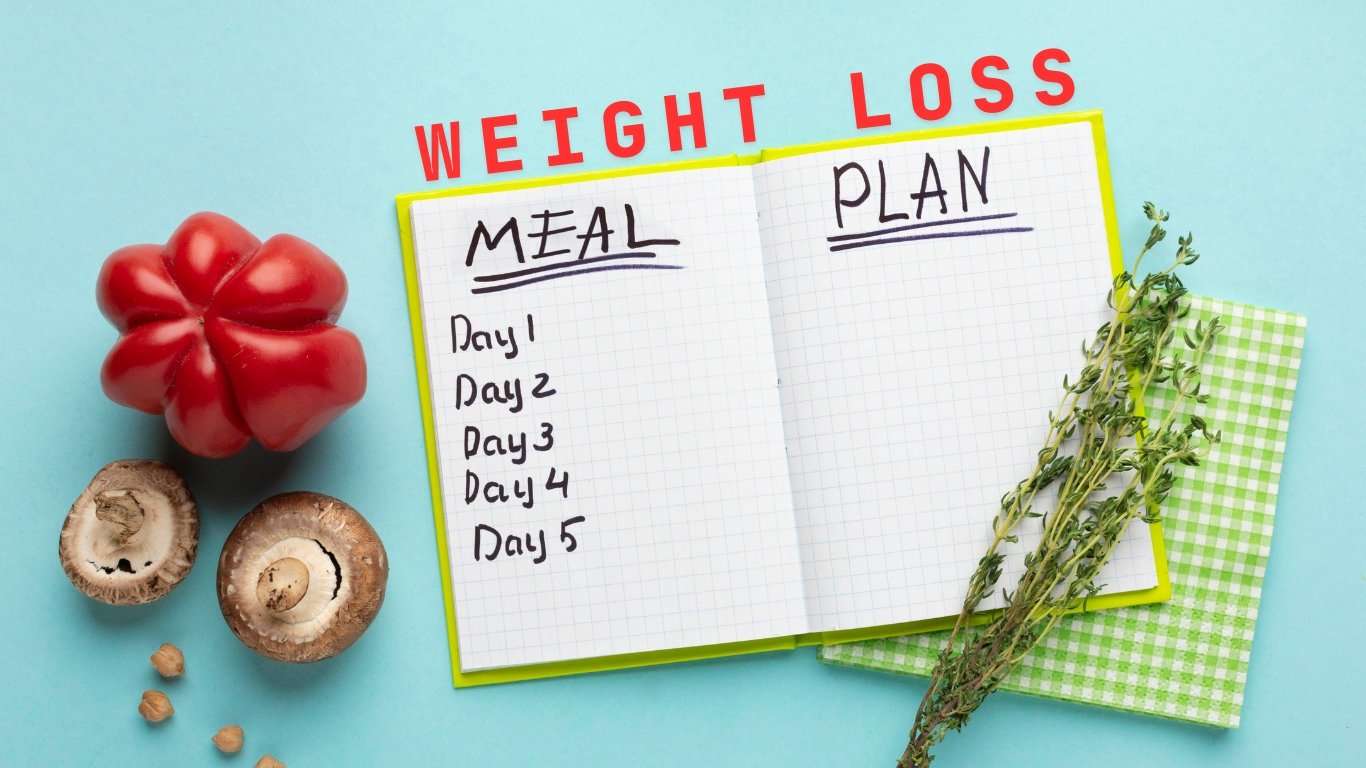Unlock the benefits of our Weight Loss Meal Plan for Food Combining, featuring tailored recipes to enhance your metabolism and support sustainable weight loss.

Introduction
How do you make your meals work harder in your weight loss journey? Food combining might be the answer. Strategically pairing foods can boost digestion, enhance nutrient absorption, and maximize energy levels. Let’s delve into the concept of food combination and learn how to create an effective weight-loss meal plan.
Understanding Food Combining
Food combining is more than just a diet trend; it’s a method rooted in digestion and nutrient synergy principles. This approach dates back to ancient times and focuses on pairing foods that complement each other nutritionally and digestively.
Basic Principles
- Pair Proteins with Non-Starchy Vegetables: This helps digestion and nutrient absorption.
- Avoid Mixing Proteins and Carbohydrates: Different enzymes are required to break down proteins and carbs, which can lead to digestive issues if consumed together.
- Eat Fruits Alone: Fruits digest quickly and can cause bloating if eaten with other foods.
- Incorporate Healthy Fats Wisely: Healthy fats can be combined with vegetables and proteins but should be limited when paired with carbs.
Benefits of Food Combining for Weight Loss Meal Plan
Improved Digestion
Pairing foods that work well together can streamline the digestive process, reducing bloating and discomfort. This leads to more efficient nutrient absorption and faster metabolism, which is essential for weight loss.
Enhanced Nutrient Absorption
Combining foods properly ensures that your body gets the maximum nutrients from your meals. This is crucial for maintaining energy levels and supporting overall health during weight loss.
Increased Energy Levels
When digestion is smooth and efficient, you feel lighter and more energetic. This can translate into more effective workouts and a more active lifestyle, which is vital to losing weight.
Creating a Food-Combining Meal Plan
Creating a food-combining meal plan involves understanding the synergy between different foods and how they can support your weight loss goals. Here are some guidelines:
Guidelines for a Balanced Diet
- Variety is Key: Include various fruits, vegetables, proteins, and healthy fats.
- Stay Hydrated: Water is essential for digestion and overall health.
- Listen to Your Body: Pay attention to how different food combinations make you feel.
To learn more about Diet program, click here.
Key Components to Include
- Non-starchy vegetables: Spinach, kale, broccoli, etc.
- Lean Proteins: Chicken, fish, tofu.
- Healthy Fats: Avocado, nuts, seeds.
- Fruits: Apples, berries, melons.

This free image is collected from Freepik.
Weekly Weight Loss Meal Plan
Here’s a sample weekly meal plan to get you started. Feel free to customize it based on your preferences and dietary needs.
Sample Weekly Meal Plan
Day 1:
- Breakfast: Fruit salad (apple, berries, and melon)
- Lunch: Grilled chicken with a spinach and kale salad
- Dinner: Baked salmon with steamed broccoli and quinoa
Day 2:
- Breakfast: Smoothie (banana, spinach, almond milk)
- Lunch: Quinoa salad with mixed vegetables and avocado
- Dinner: Stir-fried tofu with non-starchy vegetables
… [continue for the rest of the week]
Tips for Customization
- Switch Up Your Proteins: Alternate between chicken, fish, tofu, and legumes.
- Experiment with Vegetables: Try different combinations to keep meals interesting.
- Incorporate Seasonal Fruits: Use fresh, seasonal fruits for optimal nutrition.
Low-Calorie Foods for Weight Loss
Incorporating low-calorie foods into your diet is a great way to maintain a calorie deficit while staying full and satisfied.
List of Low-Calorie Foods
- Leafy Greens: Spinach, kale, lettuce.
- Cruciferous Vegetables: Broccoli, cauliflower, cabbage.
- Fruits: Berries, apples, watermelon.
How to Incorporate Them
- Add leafy greens to smoothies and salads.
- Use cruciferous vegetables as a base for stir-fries and soups.
- Snack on fruits throughout the day.
Healthy Snacks for Weight Loss
Healthy snacks are essential for keeping hunger at bay and maintaining energy levels.
Importance of Healthy Snacks
Snacking can prevent overeating at meals and help maintain stable blood sugar levels. The key is to choose nutritious snacks that are low in calories.
Snack Ideas and Recipes
- Veggie Sticks with Hummus: Add carrots, celery, and bell peppers and dip them in hummus.
- Greek Yogurt with Berries: A high-protein snack rich in antioxidants.
- Apple Slices with Almond Butter: A perfect combination of fiber and healthy fats.
Meal Prep Ideas for Weight Loss
Meal prepping can save you time and ensure you always have healthy options.
Benefits of Meal Prepping
- Saves Time: Prepping meals in advance means less time spent cooking during the week.
- Controls Portions: Pre-measured meals help you avoid overeating.
- Reduces Stress: Knowing what you’ll eat each day eliminates the guesswork.
Easy Meal Prep Ideas
- Mason Jar Salads: Layer your favorite salad ingredients in a mason jar for a quick, portable meal.
- Overnight Oats: Combine oats, almond milk, and your favorite toppings in a jar for a ready-to-eat breakfast.
- Sheet Pan Dinners: Roast vegetables and proteins on a single pan for easy cleanup and delicious meals.
Grocery List for Weight Loss
A well-planned grocery list can make shopping easier and ensure you have all the ingredients for your meal plan.
Essential Items to Include
- Proteins: Chicken, fish, tofu.
- Vegetables: Spinach, kale, broccoli, bell peppers.
- Fruits: Apples, berries, melons.
- Healthy Fats: Avocado, nuts, seeds.
Shopping Tips
- Stick to the Perimeter: Most fresh and healthy foods are found around the edges of the grocery store.
- Read Labels: Look for whole, unprocessed foods with minimal ingredients.
- Plan Ahead: Create a list based on your meal plan to avoid impulse buys.
Combining Proteins and Carbohydrates
Combining proteins and carbohydrates strategically can optimize digestion and nutrient absorption.
Best Practices
- Pair Lean Proteins with Non-Starchy Vegetables: This combination is easy to digest and nutrient-dense.
- Avoid Combining High-Carb Foods with High-Protein Foods: This can lead to digestive issues and slower metabolism.
Sample Meals
- Grilled Chicken with Steamed Broccoli
- Tofu Stir-Fry with Mixed Vegetables
- Baked Salmon with Asparagus
Combining Fats and Proteins
Healthy fats and proteins can be a powerful duo when combined correctly.
Benefits and Examples
- Improved Satiety: Fats and proteins keep you full longer.
- Enhanced Nutrient Absorption: Fats help absorb fat-soluble vitamins.
Meal Suggestions
- Avocado and Egg Salad
- Grilled Salmon with Avocado Salsa
- Nuts and Greek Yogurt
Combining Fruits and Vegetables
Fruits and vegetables can be combined to create nutrient-packed meals and snacks.
Ideal Combinations
- Berries with Spinach in Smoothies
- Apple Slices with Carrot Sticks
- Mango and Kale Salad
Nutritional Benefits
- Vitamins and Minerals: Fruits and vegetables are rich in essential nutrients.
- Fiber: Helps with digestion and keeps you full.
Common Mistakes in Food Combining
Even with the best intentions, mistakes can happen. Here are some common pitfalls to avoid.
Pitfalls to Avoid
- Overcomplicating Meals: Keep it simple to avoid digestive issues.
- Ignoring Portion Sizes: Even healthy combinations can lead to weight gain if portions are too large.
- Skipping Meals: Regular, balanced meals are vital to maintaining energy and metabolism.
Tips for Success
- Plan Ahead: Know what you’ll eat and when.
- Stay Hydrated: Water aids digestion and overall health.
- Listen to Your Body: Adjust your plan based on how you feel.
Staying Consistent with Your Meal Plan
Consistency is crucial for long-term success. Here’s how to stay on track.
Strategies for Adherence
- Set Realistic Goals: Start with small, achievable changes.
- Track Your Progress: Keep a food diary to monitor your intake and results.
- Find a Support System: Share your journey with friends or join a community.
Overcoming Challenges
- Meal Boredom: Try new recipes and rotate ingredients.
- Busy Schedule: Prep meals in advance and keep healthy snacks on hand.
- Cravings: Find healthier alternatives and allow occasional treats.
Conclusion
Food combining offers a holistic approach to weight loss, focusing on optimizing digestion, nutrient absorption, and overall health. By following the principles and creating a personalized meal plan, you can achieve your weight loss goals more effectively. Start today and experience the benefits of food combining for yourself!
FAQs

